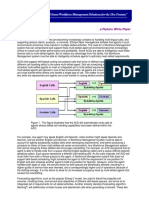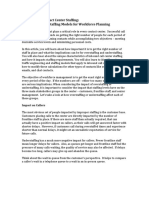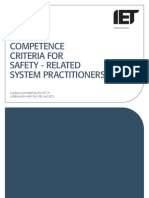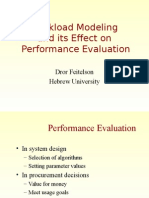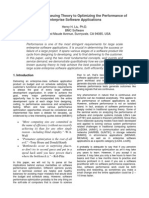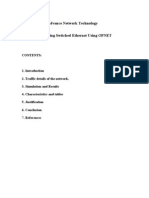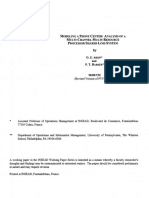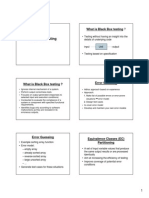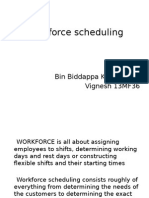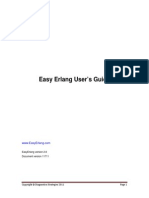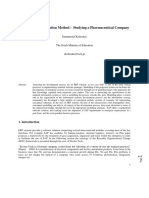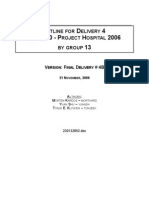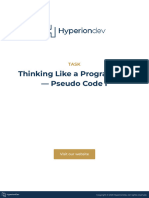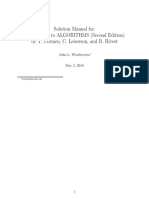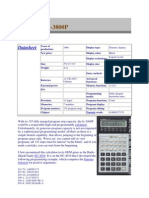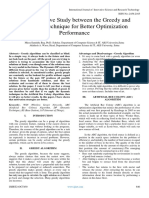0% found this document useful (0 votes)
23 views6 pagesen WCX Multi Skill Efficiency Algorithm WP
Hdh
Uploaded by
yatinchauhan92Copyright
© © All Rights Reserved
We take content rights seriously. If you suspect this is your content, claim it here.
Available Formats
Download as PDF, TXT or read online on Scribd
0% found this document useful (0 votes)
23 views6 pagesen WCX Multi Skill Efficiency Algorithm WP
Hdh
Uploaded by
yatinchauhan92Copyright
© © All Rights Reserved
We take content rights seriously. If you suspect this is your content, claim it here.
Available Formats
Download as PDF, TXT or read online on Scribd
/ 6
